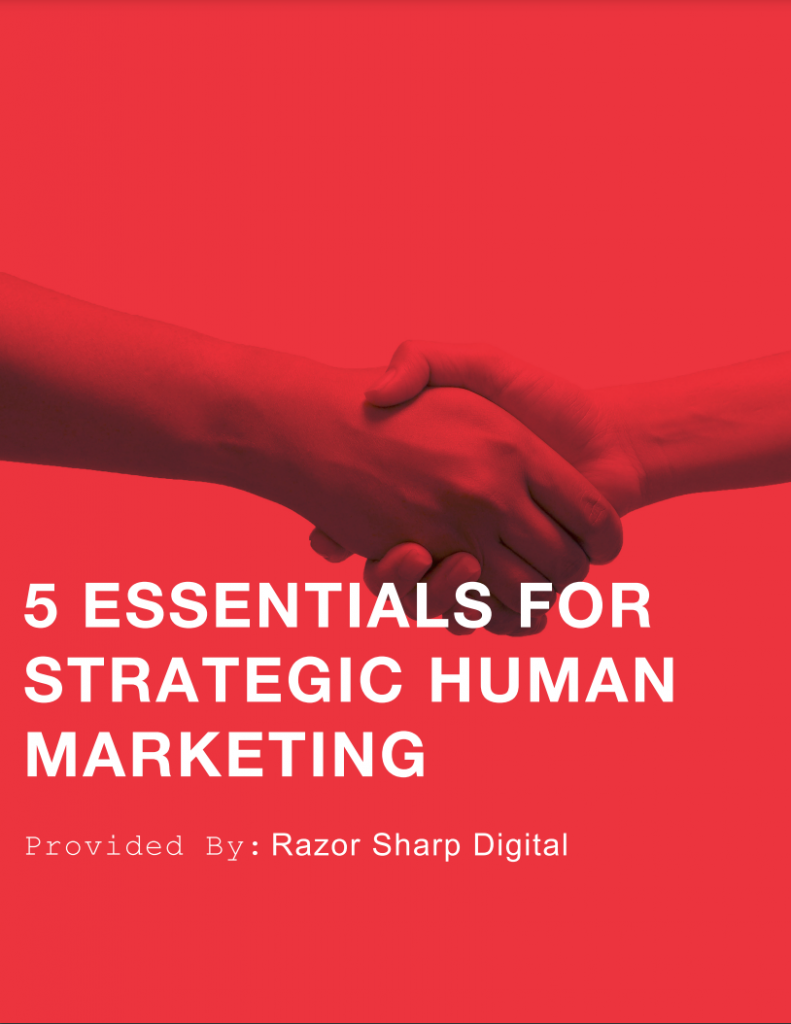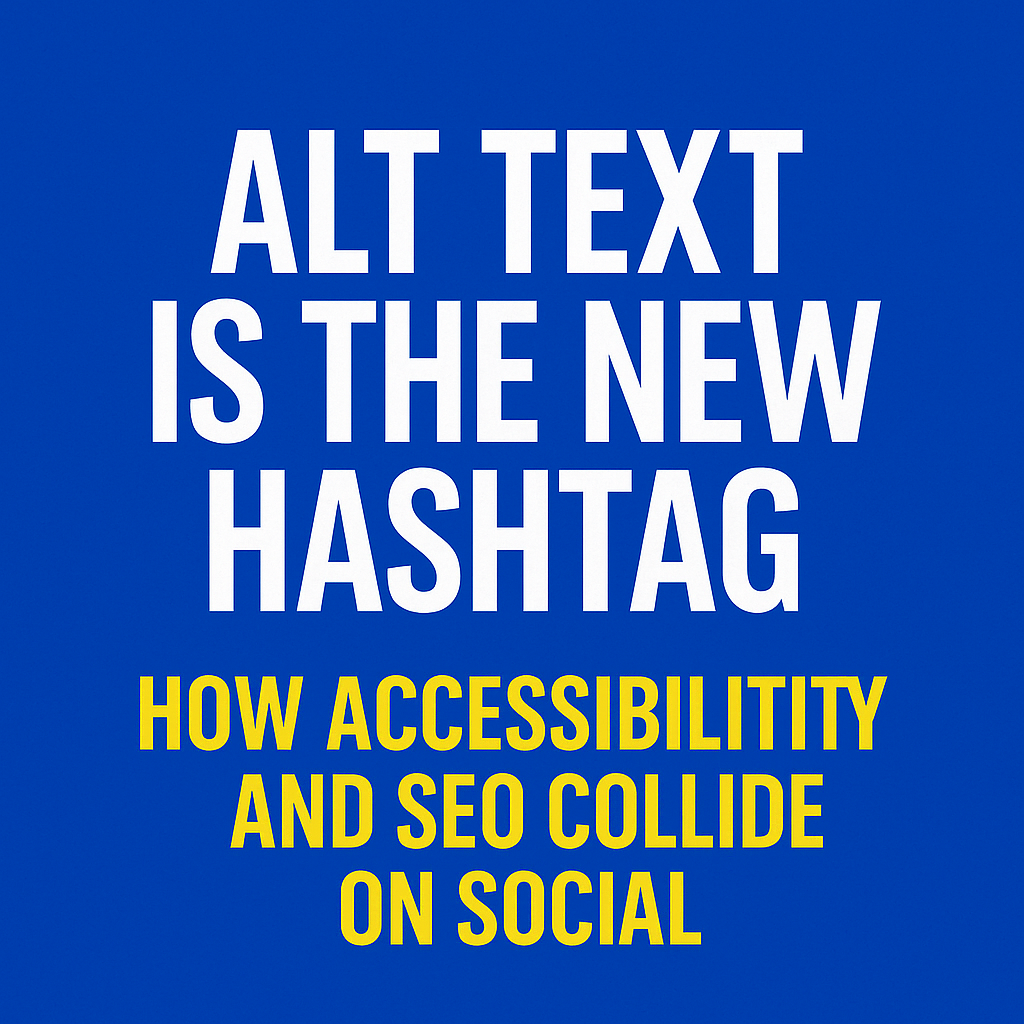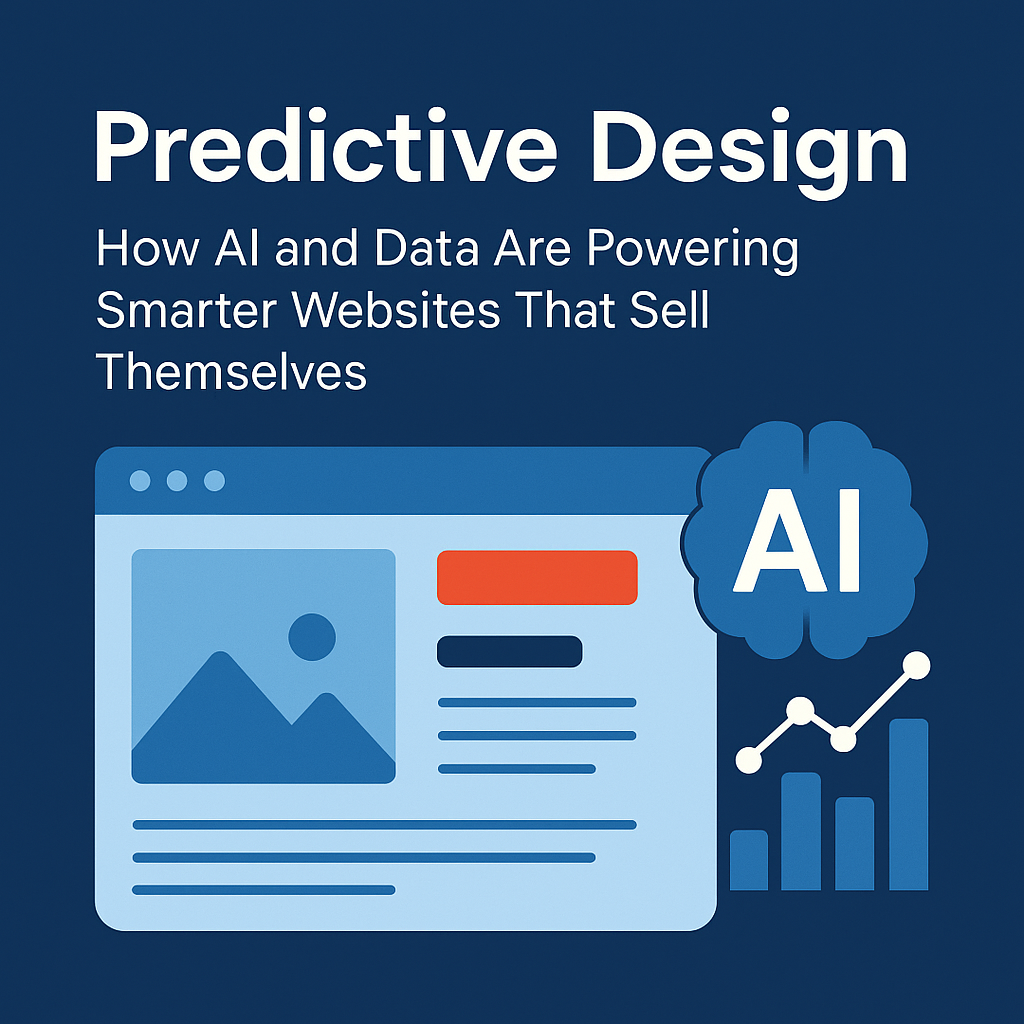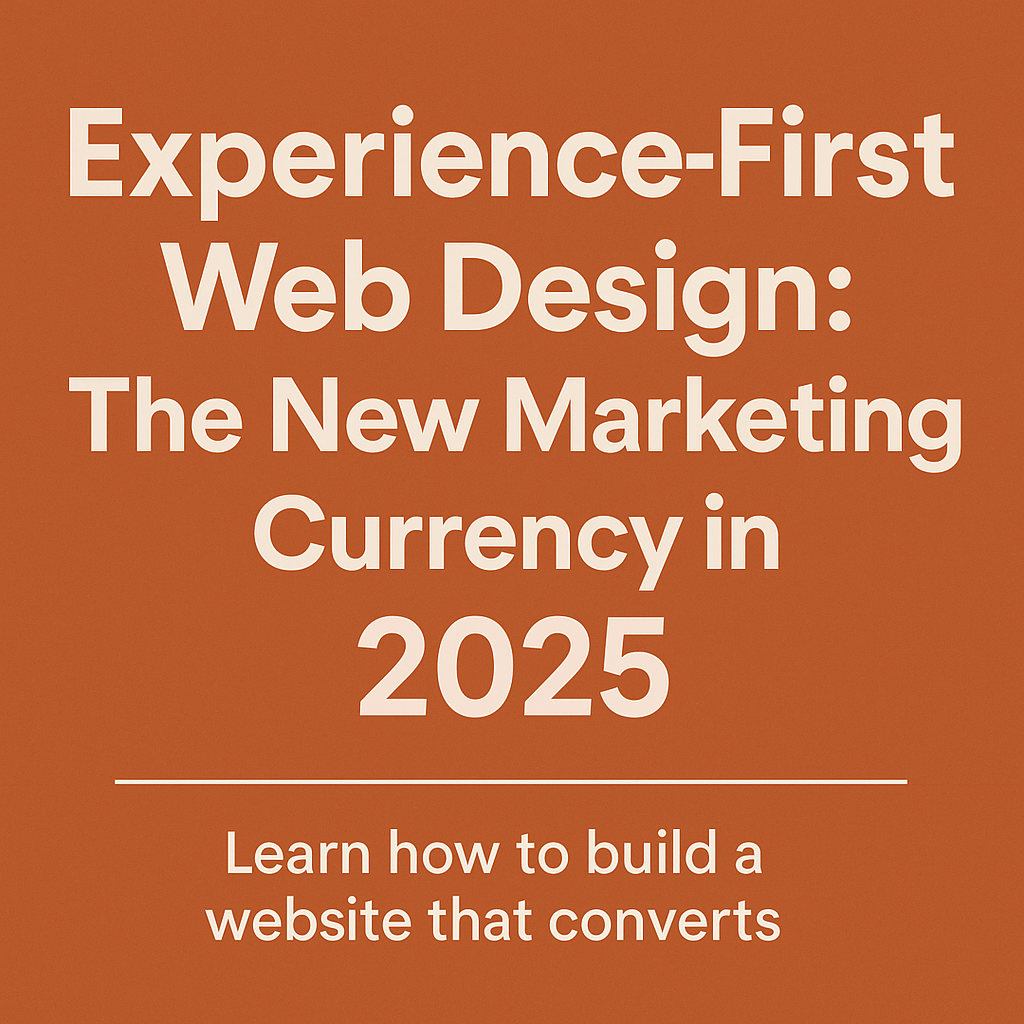Introduction: The Death of Broad Ads
Gone are the days when throwing money at a broad audience produced decent results. In 2025, hyper-specific targeting isn’t just an option—it’s the standard. If your digital marketing strategy still relies on vague demographics and general interests, you’re not just wasting ad spend—you’re falling behind.
This article will break down why niching down in digital marketing is outperforming broader strategies, how brands are adapting to more refined audience segmentation, and what you need to do to stay competitive.
What Is Hyper-Specific Targeting?
Hyper-specific targeting refers to the practice of tailoring digital ad campaigns to narrow, well-defined audience segments based on detailed behaviors, interests, location, intent, and even psychographics.
Platforms like Facebook, Google, and LinkedIn now offer powerful tools that allow marketers to drill down into very specific audience subsets. When paired with strong messaging and creative, these micro-targeted ads drive better results at lower costs.
Why Broad Advertising Is Failing in 2025
1. Rising Costs with Lower ROI
The average cost per click (CPC) and cost per thousand impressions (CPM) has skyrocketed. Without a refined targeting strategy, brands are burning through budgets without seeing meaningful conversions.
2. Ad Fatigue Is Real
Generic ads shown to massive audiences lead to creative fatigue and declining engagement. Hyper-specific targeting reduces frequency bloat and ensures messaging stays relevant.
3. Consumer Expectations Have Shifted
Today’s consumers expect personalized experiences. Ads that “speak their language”—with niche-specific offers, tone, and visuals—perform dramatically better than generic pitches.
Benefits of Niching Down in Digital Marketing
Higher Conversion Rates
Narrowing your focus allows for laser-targeted copywriting and offers that match the exact needs of your audience segment.
Lower Acquisition Costs
By removing uninterested segments from your campaign, you improve click-through rates (CTR) and reduce cost per acquisition (CPA).
Stronger Brand Positioning
When you specialize, you become the go-to solution for a specific group of people—which builds trust, loyalty, and authority.
Real-World Examples of Niche Digital Ad Wins
-
A fitness app targeting “new moms looking for 20-minute home workouts” outperformed their broad campaign by 4x in ROAS (Return on Ad Spend).
-
A B2B SaaS startup serving “remote agencies with 10–25 employees” saw a 65% drop in lead cost after segmenting their LinkedIn Ads by company size, job title, and tech stack.
How to Build a Hyper-Specific Targeting Strategy in 2025
1. Define Micro-Audiences with Precision
Use first-party data, CRM insights, and behavioral analytics to segment your audience deeply. Consider using tools like:
2. Customize Creative and Messaging
Speak directly to your audience’s pain points, goals, and language. For example, instead of saying “grow your business,” try “scale your agency’s retainer revenue by 20% this quarter.”
3. A/B Test Narrow Segments
Run small-scale tests to identify your most profitable niches. Then scale with confidence once data confirms traction.
4. Retarget and Re-engage
Use retargeting to keep your niche audience in your funnel. Tailor your messaging to their stage in the buyer journey.
Future-Proofing Your Digital Marketing in 2025 and Beyond
The brands that will win in the future are those who can:
-
Adapt rapidly to changing targeting capabilities (especially with cookie deprecation).
-
Understand and engage micro-communities with authentic, tailored messaging.
-
Prioritize relevance over reach in every campaign they launch.
Final Thoughts: Niche Is No Longer Optional
If you’re still casting a wide net with your digital advertising strategy, it’s time to rethink your approach. Hyper-specific targeting isn’t just a trend—it’s a necessity for performance and profitability in 2025.
As competition increases and attention spans shrink, niching down is the only way to cut through the noise and connect with the people who truly matter to your business.









